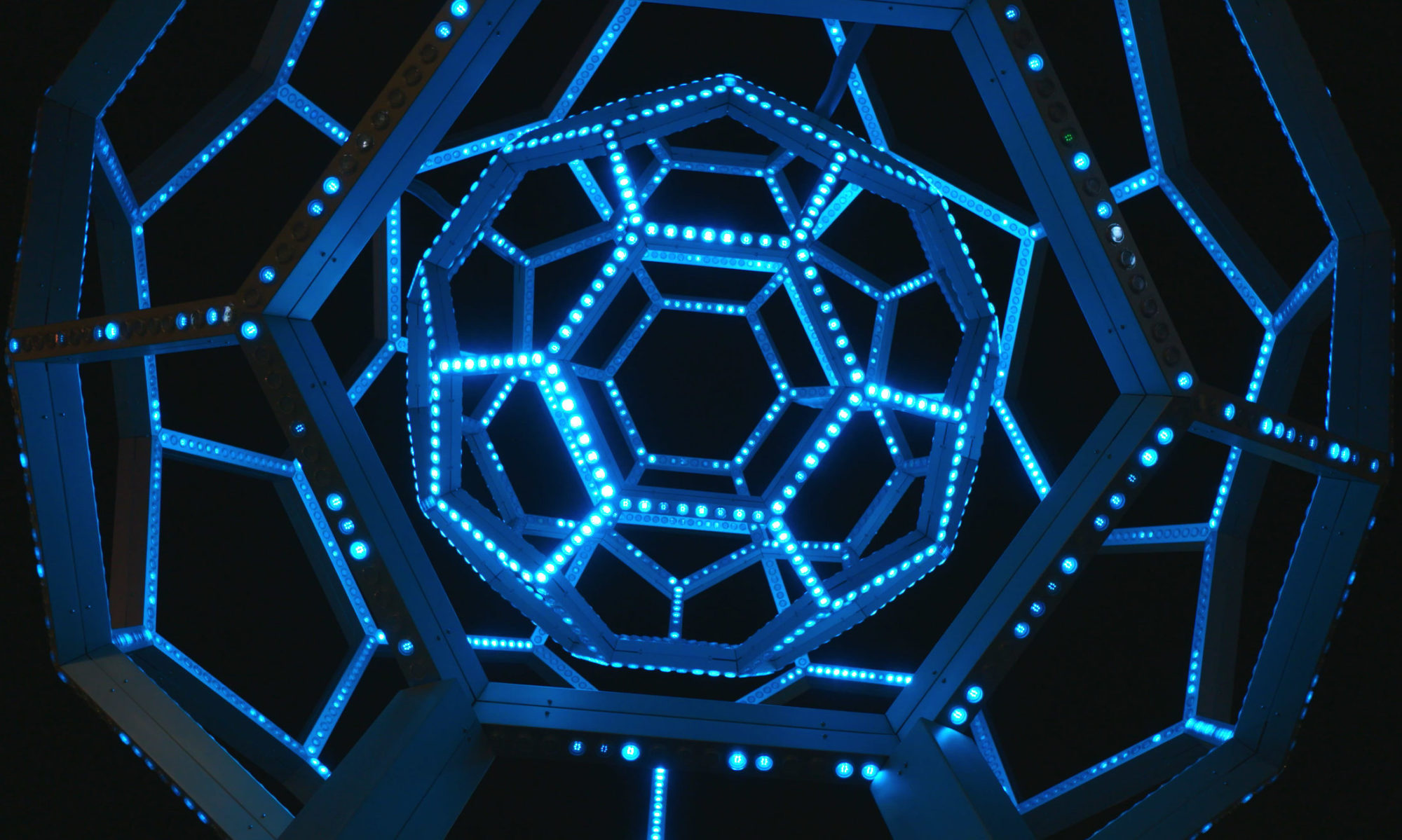I have ideas of concepts and techniques I would like to experiment with, but no specific vision in mind yet. My first idea is to cut open lots of glow sticks using a utility knife to collect the vials of fluorescent dye inside. (Hopefully without breaking them, but I could use glowsticks that have already been cracked also.) The dye in glowsticks shines when mixed with hydrogen peroxide, a common household chemical. Once I have the dye, I could try using sponges or paintbrushes to create glowing images.
Unlike many of my classmates, most of my degree is not strictly related to computers – that’s more of a hobby. Since I am a Chemical Engineering major, I think it would be interesting to use chemical light instead of electrical light. Also, I have always wanted to cut open a glowstick. 
It would also be interesting to see what it looked like to layer the glowing dye over the top of a regular painting to highlight certain areas. Not only does that have the potential to look really cool, it is also a useful way to use the fact that people’s eyes are attracted to light to direct (or misdirect) people’s attention to the subject of the image. I even have some subject ideas in mind – it would be a great way to portray luminescence in fish or ocean waves (some water appears to glow when it impacts something because it is filled with bioluminescent plankton.)

Alternatively, since radioactivity is frequently portrayed as ‘glowing’, I could do something about a nuclear subject. It also might be interesting to hide a message in the lit-up windows of a basic cityscape that, depending on what glow in the dark pigment I use, is either only visible temporarily until the reaction stops, or is only visible in the dark.
The other concept I have is to play with the effect of liquid on visible light (and vice versa). Inspired but Professor Rosenstock’s immortal quote, “What would this look like if we stuck an LED in it?” and my own love of rainy days, my idea is to use the halos and reflections created by water to create interesting patterns of reflected light.

I’m not sure yet whether I want to use a dynamic liquid and a static light or dynamic lights and a static liquid. Dynamic liquids are harder to manage, but it might be interesting to see the kind of light patterns that would be created by an internally lit column of liquids of different densities. Sort of like sticking an LED into a bottle of salad dressing, but we can do better with the colours than salad dressing. For the static liquid and dynamic lights, I could create the style of reflections that appear when lights shine on a smooth body of water or wet pavement, and make patterns of colour that change over time.
